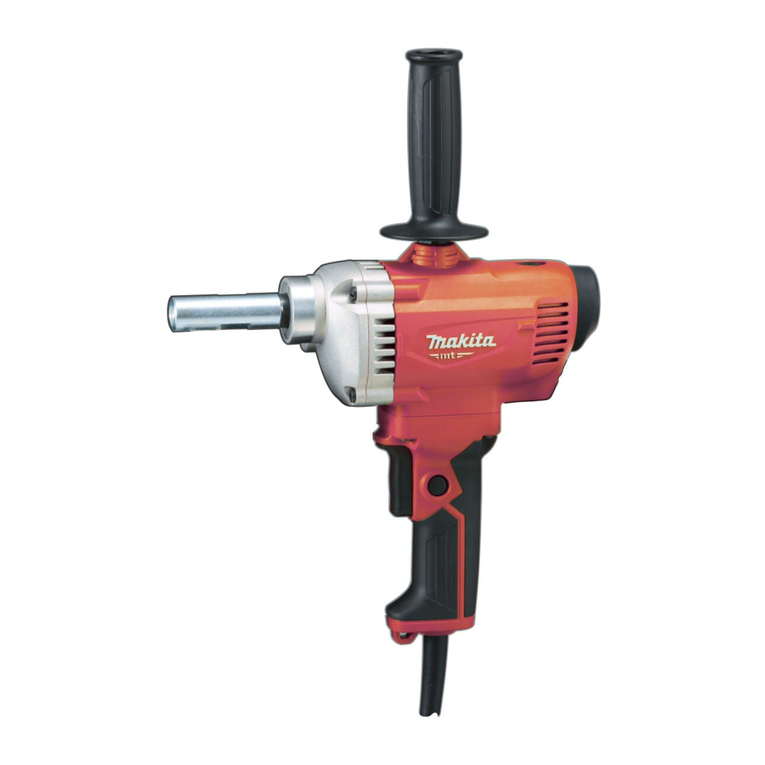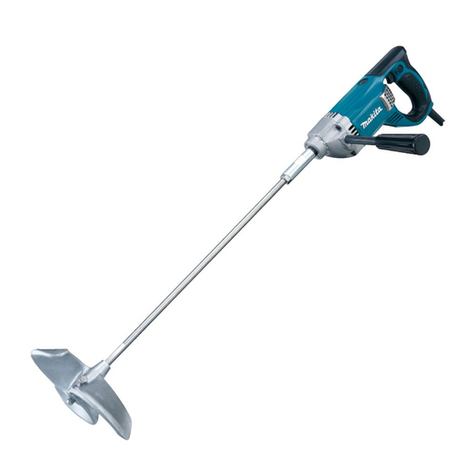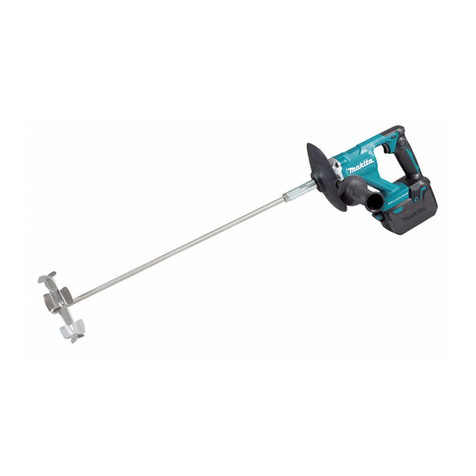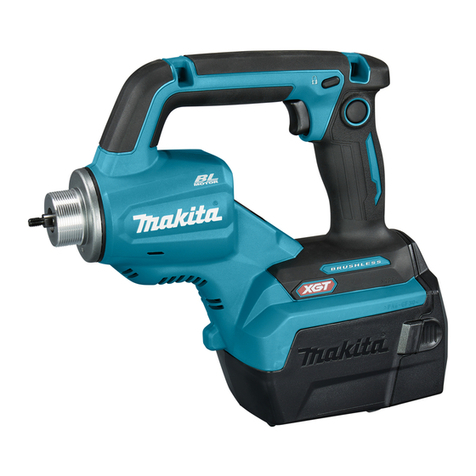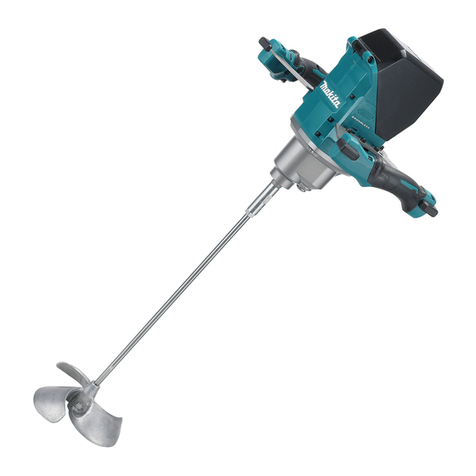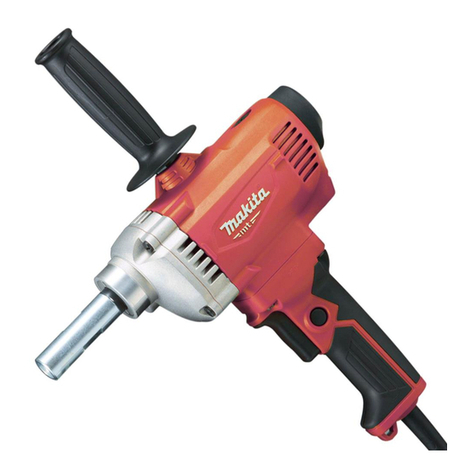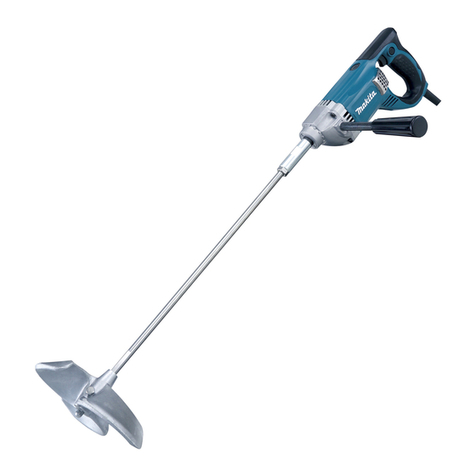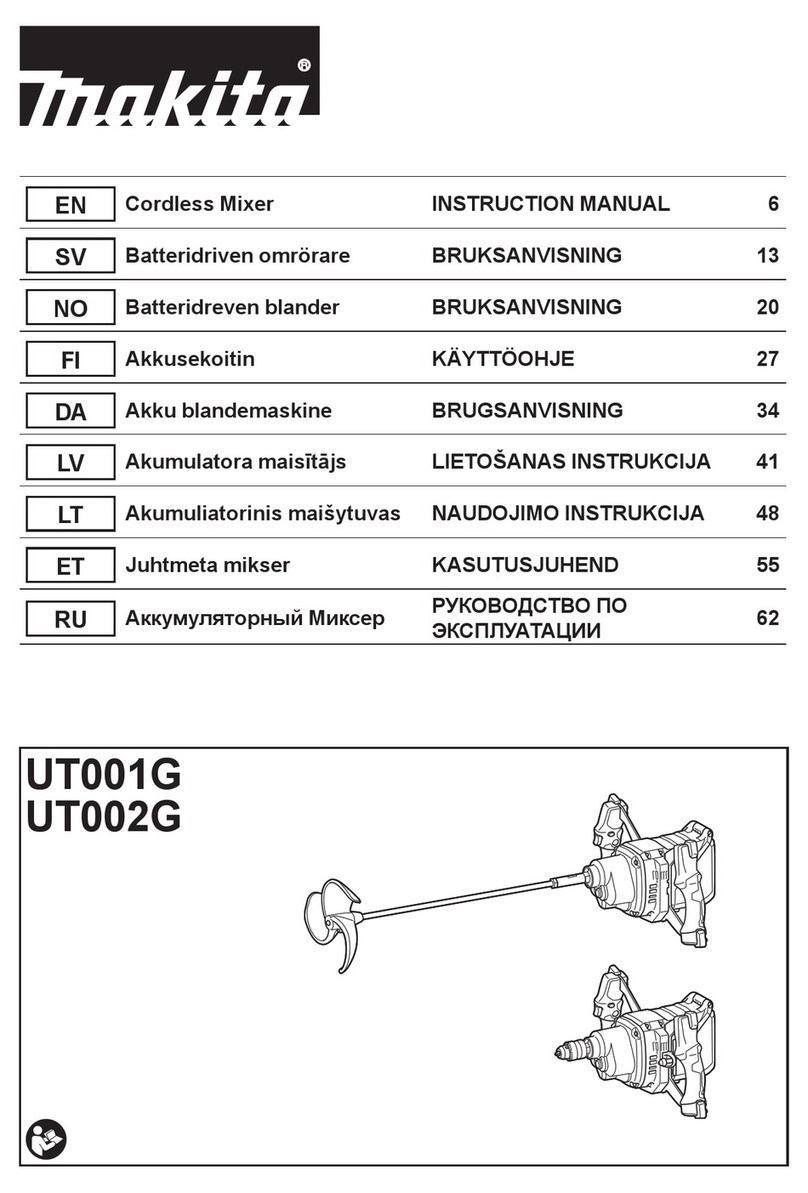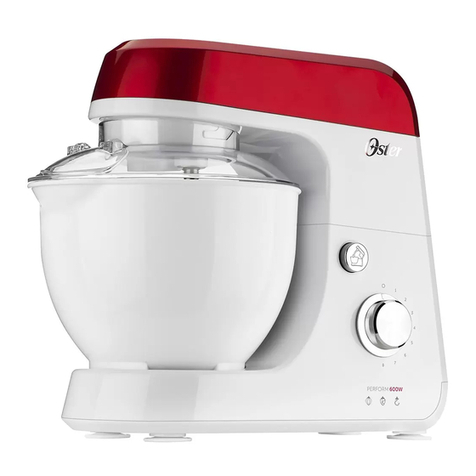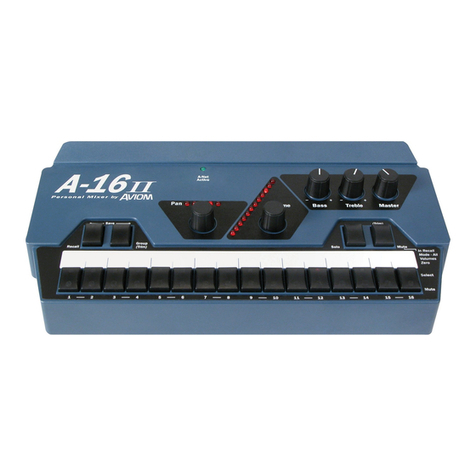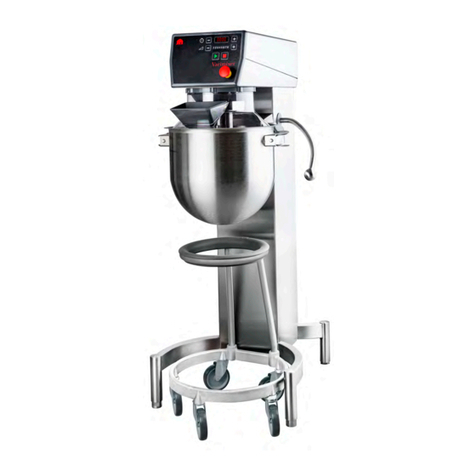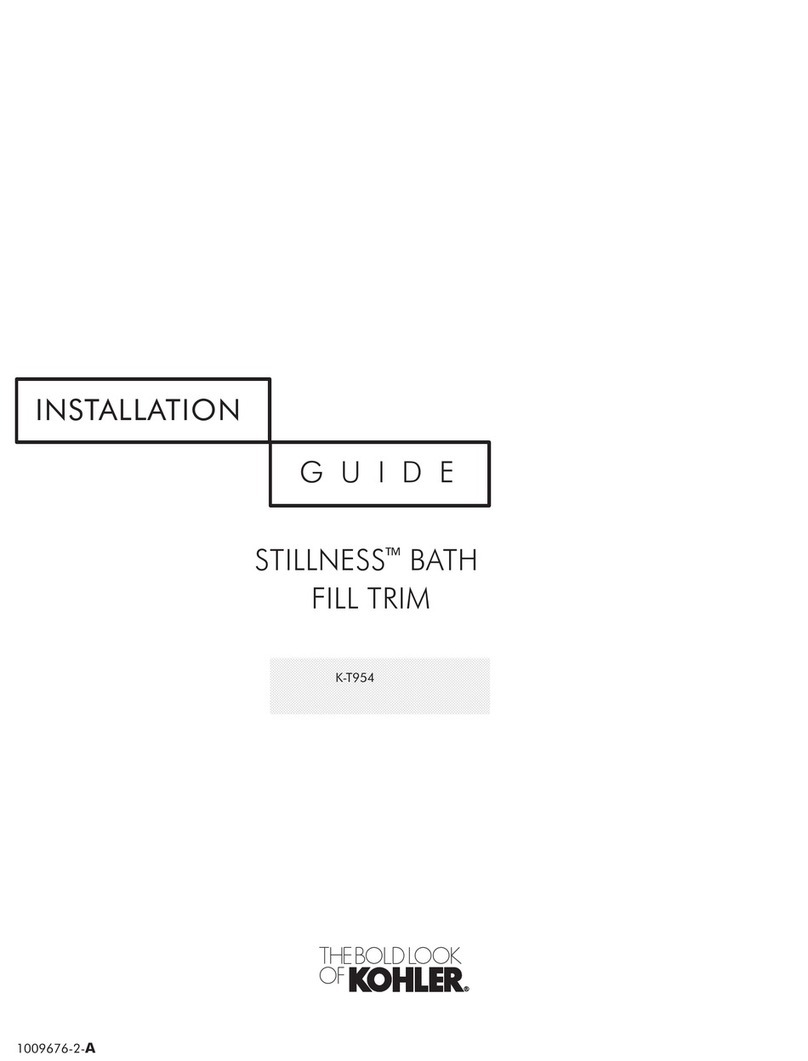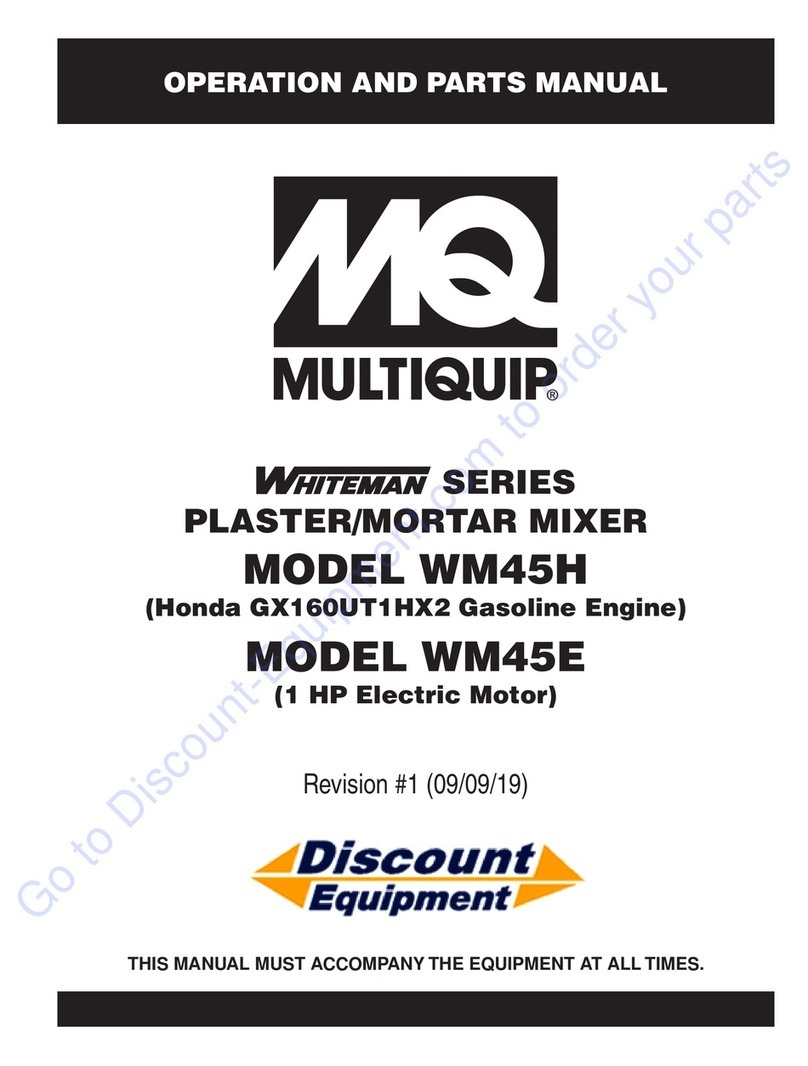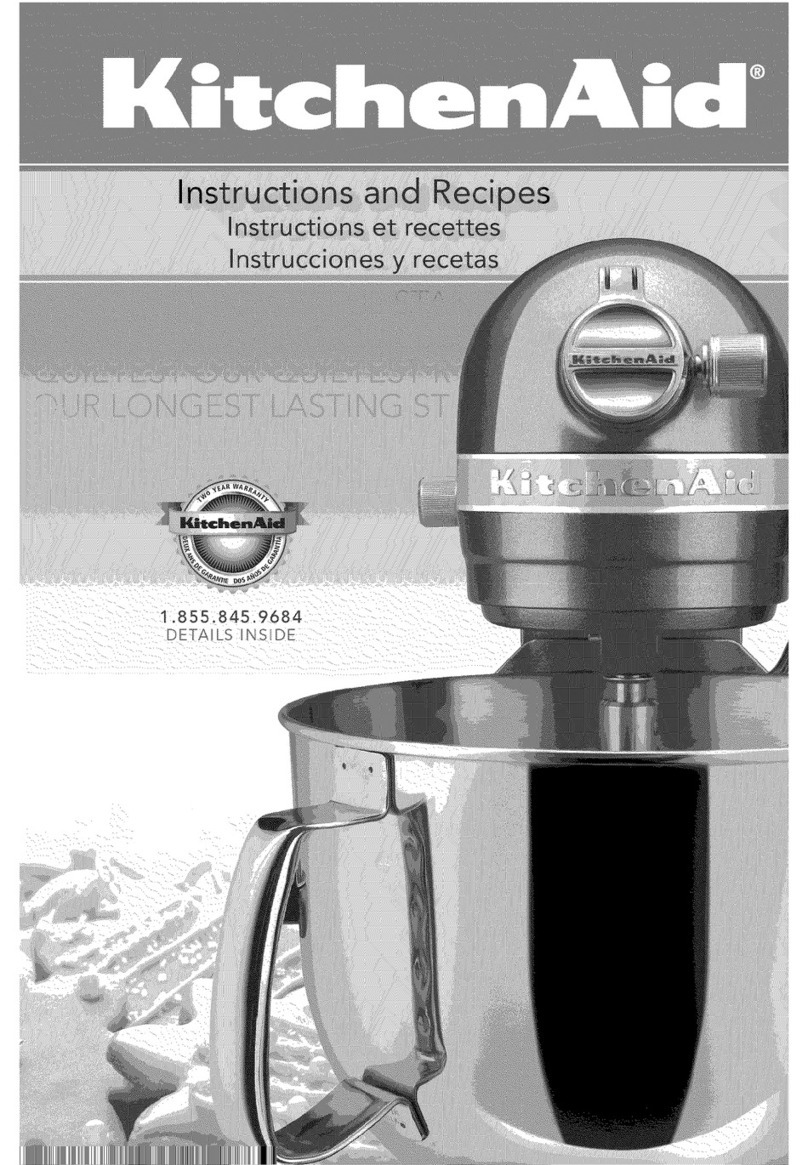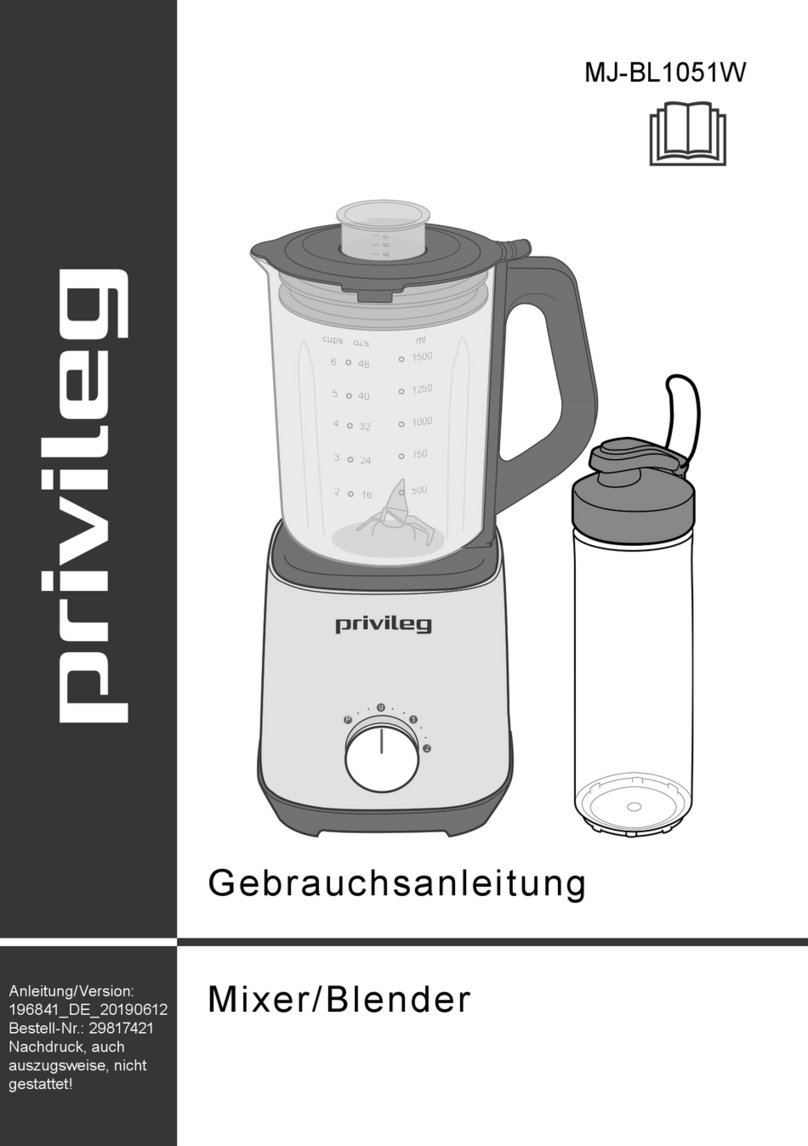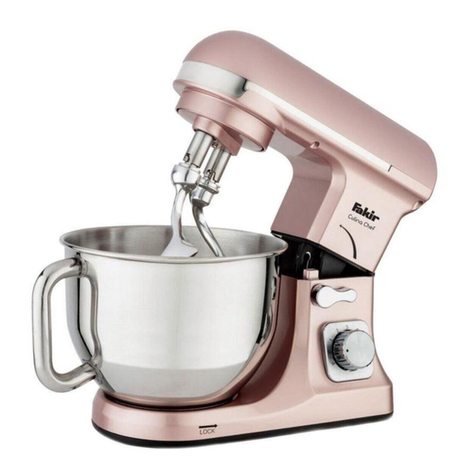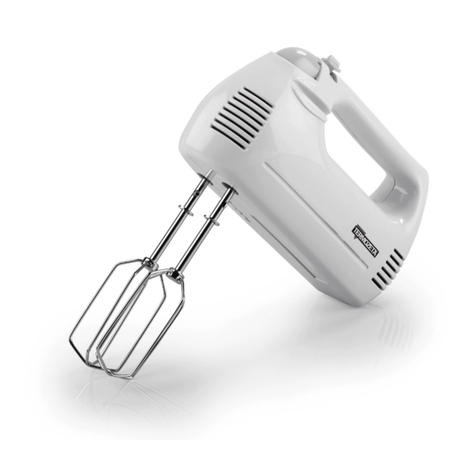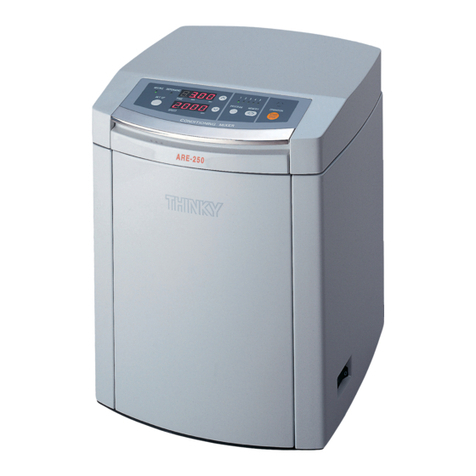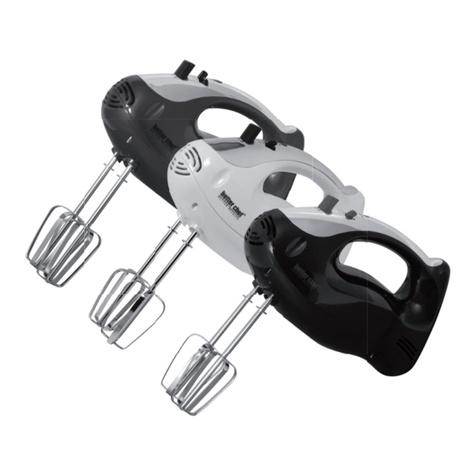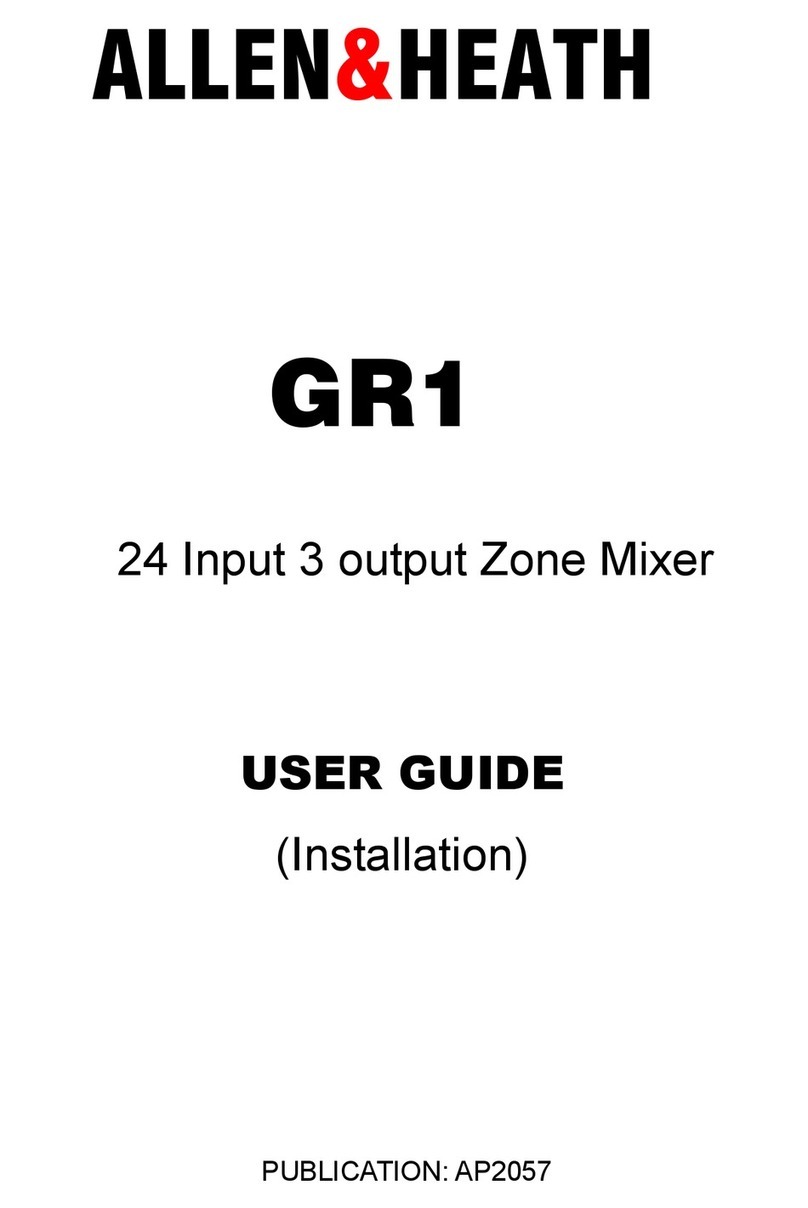
Alimentation en courant
Veillez à ce que la machine ne soit connectée qu'à la tension indiquée sur la
plaque signalétique. Elle ne fonctionne que sous tension alternative monophasée.
Pourvue d'un double isolement de protection suivant les directives européennes,
la machine peut également être branchée aux prises sans câble de terre.
Utilisez uniquement des rallonges ayant une section transversale suffisante. Une
section transversale trop faible peut entraîner une perte de puissance démesurée
ainsi qu’une surchauffe de la machine et du câble
Consignes de sécurité
AVERTISSEMENT!
Lire tous les avertissements de sécurité et toutes les instructions.
Ne pas suivre les avertissements et instructions peut donner lieu à un choc
électrique, un incendie et/ou une blessure sérieuse.
Conserver tous les avertissements et toutes les instructions pour pouvoir s’y
reporter ultérieurement.
Règles additionnelles de sécurité pour cette machine
1. Ne touchez jamais un câble d'alimentation qui soit endommagé ou coupé
pendant le travail, mais débranchez immédiatement l'appareil à ce cas-là. Ne
jamais utiliser l’appareil avec un câble d'alimentation endommagé.
2. L’appareil ne doit pas être humide ni être utilisé dans un environnement
humide.
3. Ne jamais utiliser l’appareil pour mélanger des matières explosives ou
facilement inflammables ou à proximité immédiate de telles matières.
4. Ne jamais transporter l’appareil en le portant par le câble.
5. Vérifiez l’appareil, le câble et la fiche d’alimentation chaque fois avant qu'il
soit utilisé. Ne faites réparer les dommages que par un spécialiste. Ne
branchez la machine que lorsqu'elle est mise hors circuit.
6. N'utilisez l’appareil à l'extérieur qu'avec un déclencheur par courant de défaut
de 30 mA maxi.
7. N’utilisez le batteur mélangeur que sous surveillance.
8. Débranchez l'appareil et assurez-vous que le B.P. soit mis sur Arrêt lorsque
le batteur mélangeur n'est plus sous surveillance, comme par ex. pour les
travaux de montage et de démontage, en cas de chute de tension, lors de la
mise en place ou du montage d’un accessoire.
9. Mettez la machine hors circuit si elle s’arrête pour une raison quelconque.
Vous évitez de cette façon sa remise en marche accidentelle sans
surveillance.
10. Conduire le câble toujours vers l’arrière de la machine.
11. Ne jamais utiliser l’appareil si le boîtier est défectueux en partie ou si son
B.P., son câble d'alimentation ou la prise sont endommagés.
12. Les outils électriques sont assujettis à une inspection à effectuer par un
spécialiste dans des intervalles réguliers.
13. Ne pas toucher par vous mains dans des pièces en rotation.
14. Attention avec les cheveux longs. Vêtements serrés obligatoires pour
travailler avec l'appareil.
15. Toute manipulation sur l’appareil est interdite.
16. Maintenez les poignées sèches, propres et exemptes d’huile et de graisse.

